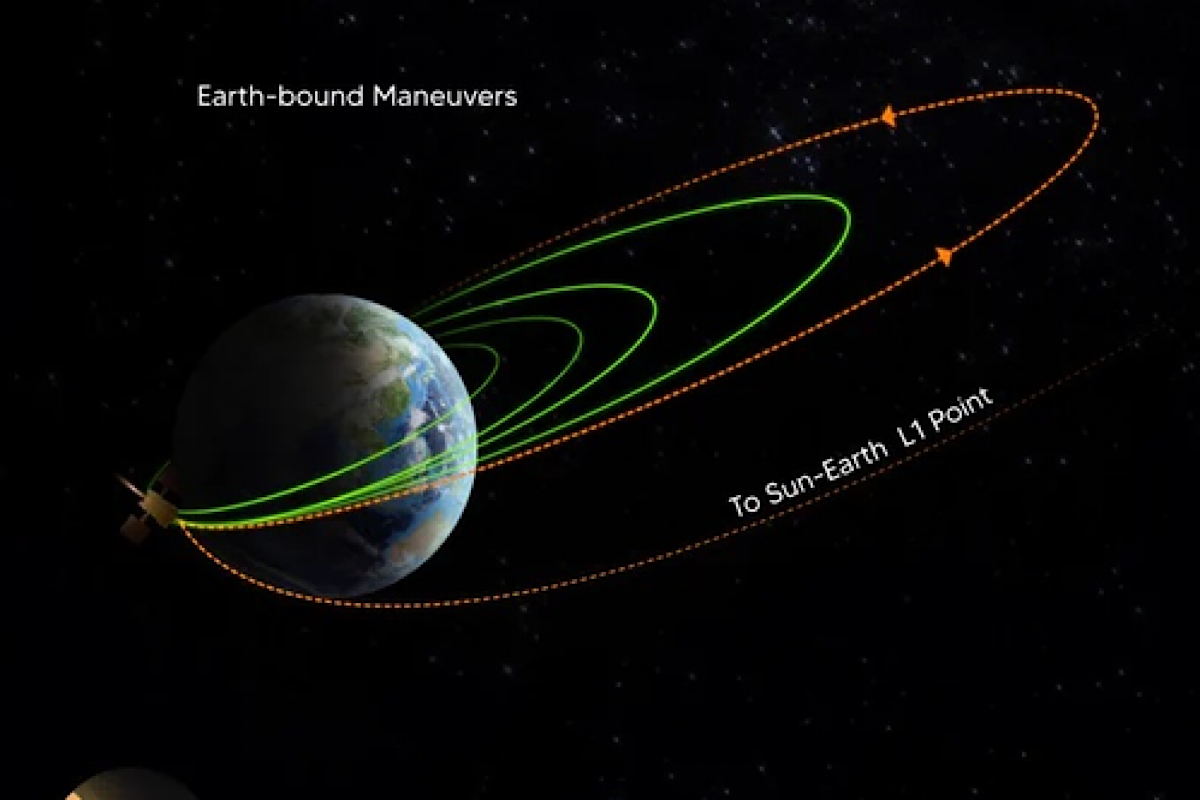Touching the Sun
The Sun, the fiery heart of our solar system, has fascinated humanity for centuries. Despite the progress of modern science, many of its secrets remain locked away, particularly the mysteries of its outer atmosphere, the corona.

The Sun, the fiery heart of our solar system, has fascinated humanity for centuries. Despite the progress of modern science, many of its secrets remain locked away, particularly the mysteries of its outer atmosphere, the corona.

The Sun, our life-sustaining star, is also a for midable force capable of unleashing immense energy bursts. CMEs, massive eruptions from the Sun’s outer corona, travel at blistering speeds of up to 3,000 km/s, carrying charged particles that can disrupt satellites, knock out power grids, and interfere with communication networks.

The research, published in the Astrophysical Journal, can help give a complete picture of the Sun's inner workings.

The minimum temperature was recorded at 6 degrees Celsius, three notches below the season's average.

The city woke up to dense fog and recorded a minimum of 7.1 degrees Celsius, a notch below season's normal.
The eclipse will be visible in the region covering the Western Pacific Ocean, Australia, Asia, Europe, Africa, eastern South America, northeastern North America, the Atlantic Ocean, the Indian Ocean and the South Pacific Ocean
Indian Space Research Organisation (ISRO) on Saturday informed that the Aditya-L1 spacecraft has successfully escaped the sphere of Earth's influence adding that it is now navigating its path towards the Sun-Earth Lagrange Point 1 (L1).
The launch of the solar mission will take place on September 2, 2023, at 11:50 am from Sriharikota.
Astronomers have uncovered a link between Neptune’s disappearing clouds and the increasing activity of the Sun as it approaches its…
Astronomers have uncovered a link between Neptune’s disappearing clouds and the increasing activity of the Sun as it approaches its…
